Folklore has it that persimmon seeds predict winter weather. How does this work? We’ll show you how to predict the weather with nothing more than a persimmon seed! Plus, enjoy recipes for persimmon pudding and persimmon bread.
Advertisement
What Is a Persimmon, Anyway?
Persimmons are small orange fruits that are less well known the plums or peaches, but they can be found in some grocery stores and farmers’ markets during autumn. The American persimmon trees (Diospyros virginiana) grows wild in USDA Zones 4 to 9, while Japanese persimmon trees (Diospyros kaki) thrive in only the warmer part of that range—Zones 7 to 9. Before they’re ripe, the fruit has a very astringent taste, but this mellows as the fruit softens. For the purposes of weather forecasting, you’ll want to get your hands on an American persimmon which has seeds.
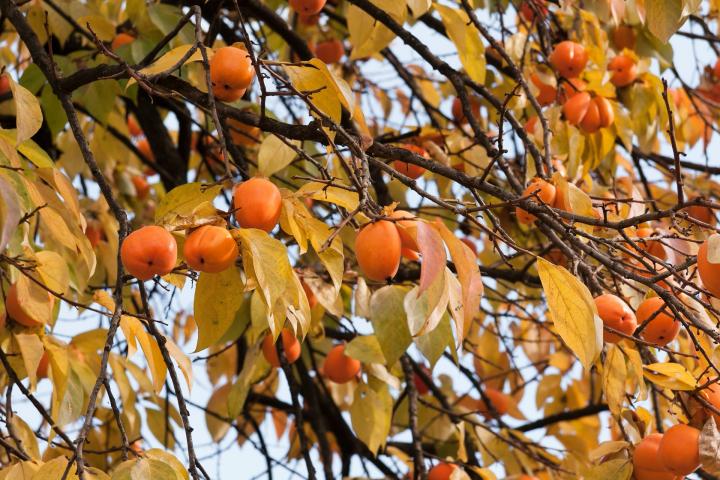
How to Predict Weather With a Persimmon Seed
1. Find a locally-grown persimmon. (A locally-grown persimmon is necessary because it will reflect local conditions!) Wait to pick the fruit or cut into the fruit until after it gets a bit soft—almost mushy.
2. Open the fruit and cut open a persimmon seed.
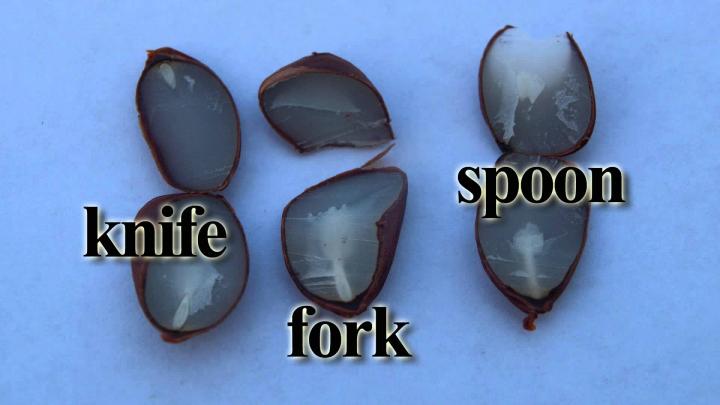 Photo Credit: www.hoosierweather.com
Photo Credit: www.hoosierweather.com
4. Look at the shape of the kernel inside:
- If the kernel is spoon-shaped, expect plenty of snow to shovel.
- If it is fork-shaped, plan on a mild winter with powdery, light snow.
- If the kernel is knife-shaped, expect frigid winds that will “cut” like a blade.
That’s all there is to it! Now, cut open a persimmon and tell us what you see in the comments below. Don’t forget to include your location, too!
Here’s a close-up of a spoon. Get out the shovel!
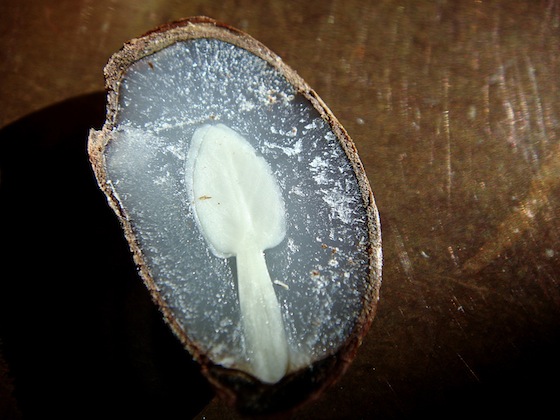 Photo credit: Tammie Dooley/www.soloroadtrip.com
Photo credit: Tammie Dooley/www.soloroadtrip.com
Remember: Predicting with a persimmon seed is a fun, unscientific way to come up with a winter forecast.
Compare against the Winter Weather Forecast in the latest Old Farmer’s Almanac!
Persimmon Recipes
Persimmons have a unique fall flavor that is similar to pumpkin. A ripe persimmon has a “squishy” body and a creamy texture so it’s often considered a baking fruit, adding its sweet flavor and moistness to pudding, bread, and pie. Persimmons can also be made into dried fruit, jam, ice cream, and even alcohol. Ripen persimmons at room temperature. Place in a paper bag to speed up ripening.
Persimmon Pudding
Persimmon pudding is the classic way to enjoy this fruit! The baked dessert has the taste of pumpkin and the texture of gingerbread! The below persimmon pudding recipe is from the “Indiana Nut Growers Cookbook” (1995), courtesy of the Indiana Nutgrowers Association.
Ingredients
2 Cups persimmon pulp
2 Cups sugar
3 small eggs
1/2 stick (4 Tablespoons) margarine
1 teaspoon baking soda
1/2 Cup buttermilk
1-3/4 Cups sweet cream (or milk)
1 teaspoon cinnamon
2 Tablespoons additional persimmon pulp
1-3/4 Cups flour
1 teaspoon baking powder
Instructions
- Mix together the persimmon pulp, sugar and eggs.
- Mix baking soda with buttermilk and add to mixture in bowl.
- Melt margarine in baking pan and add to mixture.
- Sift flour and baking powder together and add alternately with cream or milk. Add cinnamon and mix well.
- Fold in the additional 2 Tablespoons persimmon pulp.
- Pour into 13 x 9-inch metal pan and bake at 350 °F for 55-60 minutes. Be careful not to over bake.
Serve with a dollop of whipped cream and enjoy!
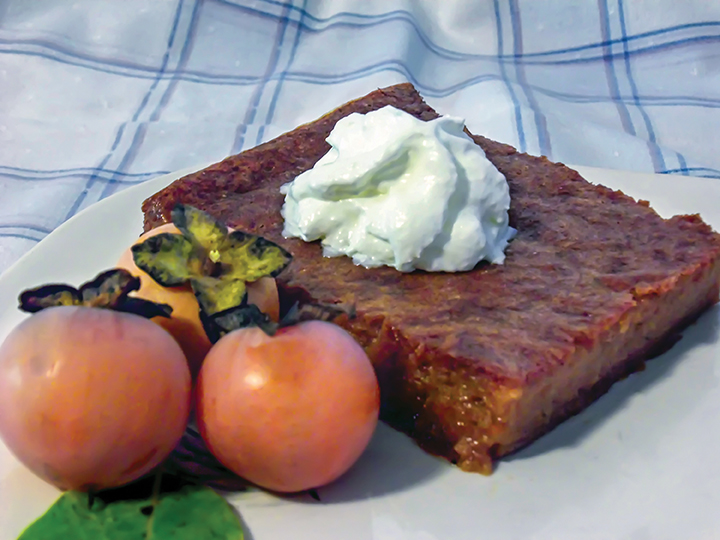 In mid-September, the city of Mitchell, Indiana, hosts the Persimmon Festival. Their persimmon pudding is famous!
In mid-September, the city of Mitchell, Indiana, hosts the Persimmon Festival. Their persimmon pudding is famous!
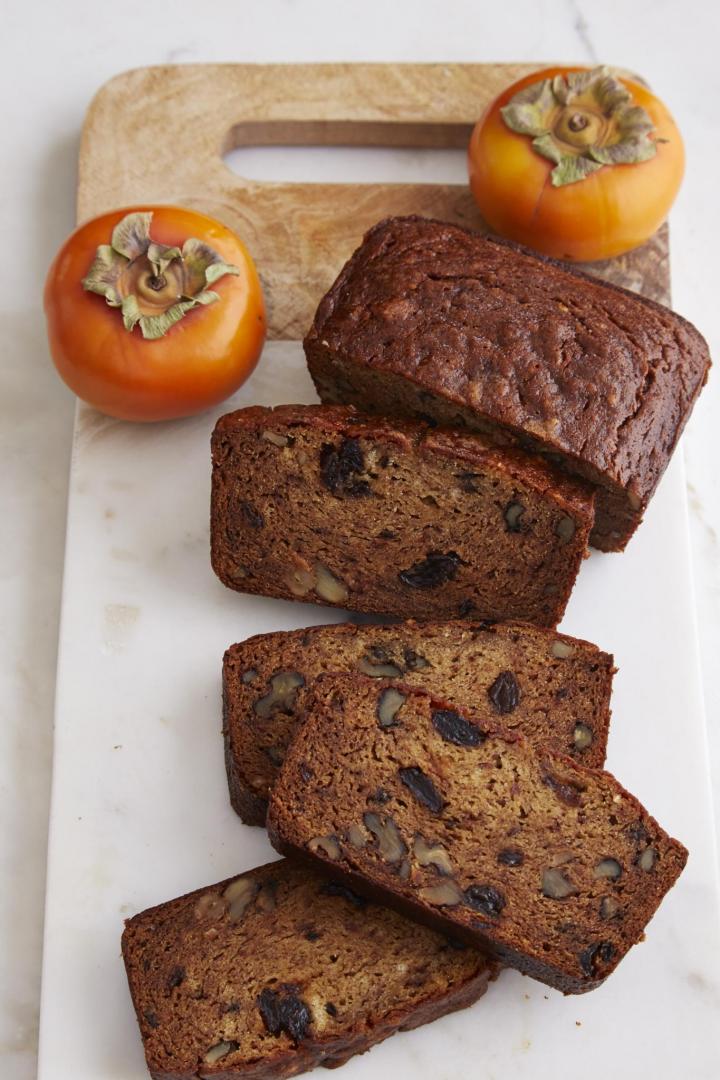 This Persimmon Bread recipe comes courtesy of The Old Farmer’s Almanac Readers’ Best Recipes cookbook.
This Persimmon Bread recipe comes courtesy of The Old Farmer’s Almanac Readers’ Best Recipes cookbook.
Have you tried predicting the weather with a persimmon? Let us know what shape you found in your persimmon seed in the comments below!
Another favorite tradition for predicting winter weather is to use a woolly bear caterpillar.



 Photo Credit:
Photo Credit:  Photo credit: Tammie Dooley/www.soloroadtrip.com
Photo credit: Tammie Dooley/www.soloroadtrip.com In mid-September, the city of Mitchell, Indiana, hosts the
In mid-September, the city of Mitchell, Indiana, hosts the  This
This 







Comments